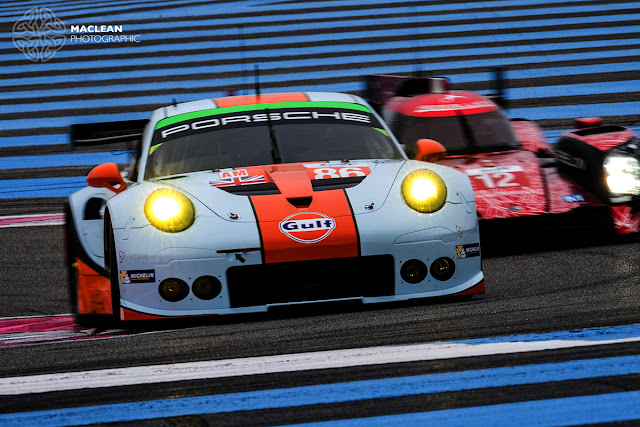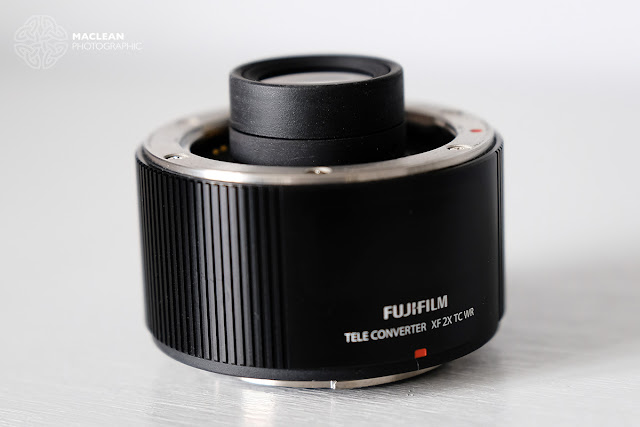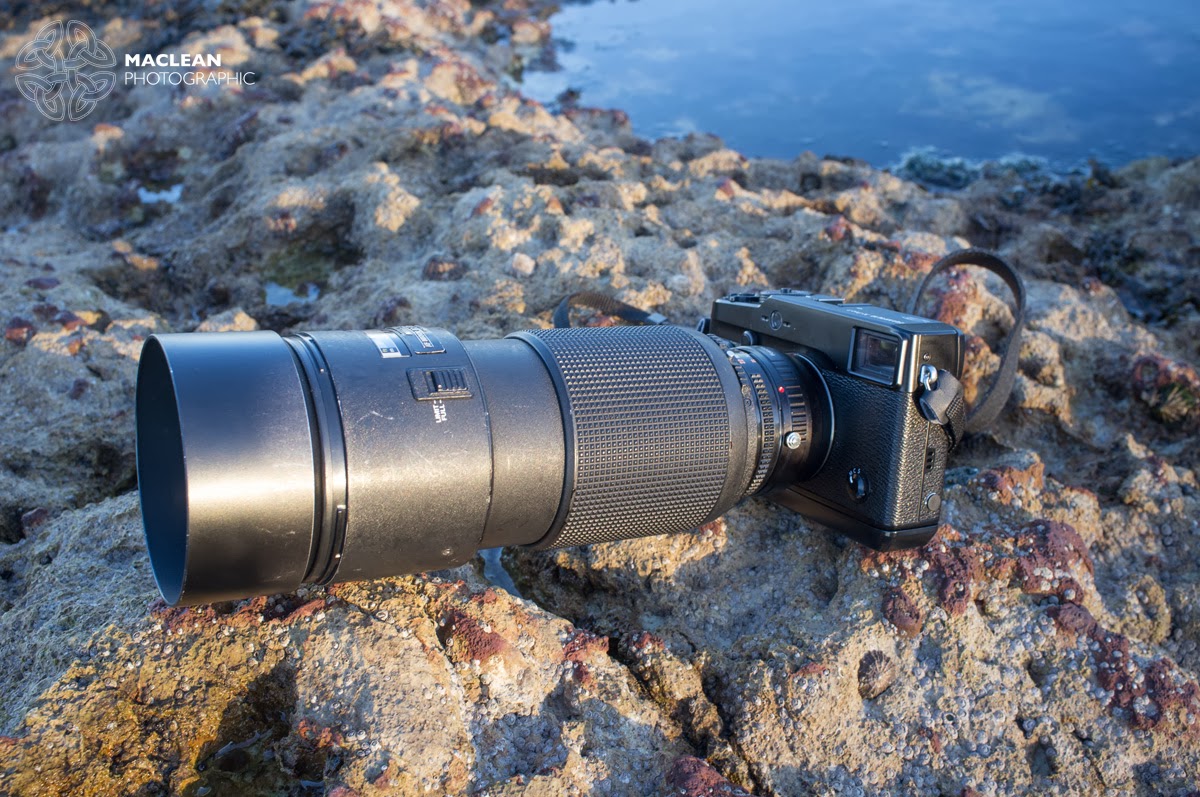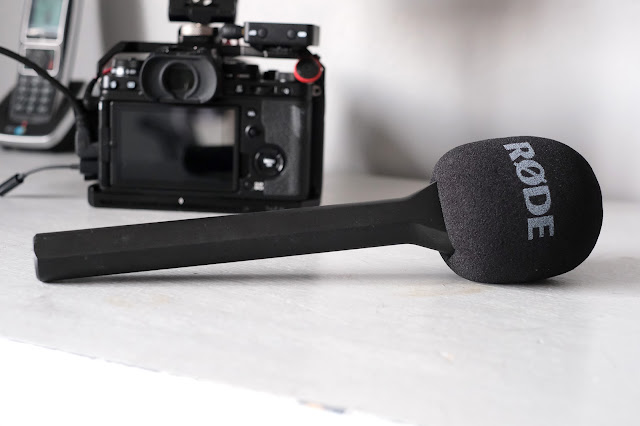The Prologue - Start of the 2016 FIA WEC
 |
| Fujifilm X-Pro2 + XF100-400mm f4.5/5.6 - 1/60 @ f16 ISO200 |
This afternoon I decided to go out on track to get some images to accompany the reports and interviews I would be producing for the FIA official website and also give the Fujifilm X-Pro2 its next big test and that was to shoot motorsport.
 |
| Fujifilm X-Pro2 + XF100-400mm f4.5/5.6 +1.4x converter - 1/250 @ f8 IS0400 |
The blog demonstrated the X-Pro2's capabilities as a camera that could be used for team sports. Now I wanted to test the combination of X-Pro2 and 100-400mm on fast cars, and they don't get much faster than the Le Mans Prototypes and Grand Tourers that race in the World Endurance Championship, which includes the 24 Hours of Le Mans.
I also used the 100-400mm with the 1.4x converter fitted to bring the cars closer but also to see if the AF performance and image quality was affected by the use of the converter. I am pleased to report that neither were adversely affected and this can be seen in some of the images below.
 |
| Fujifilm X-Pro2 + XF100-400mm f4.5/5.6 |
 |
| Fujifilm X-Pro2 + XF100-400mm f4.5/5.6 - 1/1000 @ f5.6 ISO640 |
 |
| Fujifilm X-Pro2 + XF100-400mm f4.5/5.6 - 1/60 @ f16 ISO200 |
 |
| Fujifilm X-T1 + XF50-140mm f2.8 - 1/180 @ f8 ISO200 |
The other advantage of the X-Pro2 is the viewfinder which allows me to use my left eye to look past the camera to see if any cars were approaching while my right eye was glued to the viewfinder and following the subject. With the central EVF on the X-T1 this technique isn't possible.
The results from both the X-Pro2 and the X-T1 were very much up to scratch and my hit rate with either camera was above my acceptable level of 70%.
All of the shots were taken handheld using the OIS on both zoom lenses. The exposure was set manually and the AF set to AF-C with single focal point selected. The drive was set to 8fps.
Once again the X-Series cameras have been proven to be quite capable of operating in a fast moving sports environment.
 |
| Fujifilm X-Pro2 + XF100-400mm f4.5/5.6 - 1/60 @ f16 ISO200 |
 |
| Fujifilm X-Pro2 + XF100-400mm f4.5/5.6 - 1/60 @ f16 ISO200 |
 |
| Fujifilm X-Pro2 + XF100-400mm f4.5/5.6 - 1/60 @ f16 ISO200 |
 |
| Fujifilm X-Pro2 + XF100-400mm f4.5/5.6 - 1/60 @ f16 ISO200 |
 |
| Fujifilm X-Pro2 + XF100-400mm f4.5/5.6 - 1/60 @ f16 ISO200 |
 |
| Fujifilm X-Pro2 + XF100-400mm f4.5/5.6 +1.4x converter - 1/1600 @ f8 IS01250 |
 |
| Fujifilm X-Pro2 + XF100-400mm f4.5/5.6 +1.4x converter - 1/1600 @ f8 IS01250 |
 |
| Fujifilm X-Pro2 + XF100-400mm f4.5/5.6 +1.4x converter - 1/500 @ f8 IS0800 |
 |
| Fujifilm X-T1 + XF50-140mm f2.8 + 1.4x converter - 1/120 @ f11 ISO400 |
 |
| Fujifilm X-T1 + XF50-140mm f2.8 - 1/210 @ f6.4 ISO200 |
 |
| Fujifilm X-T1 + XF50-140mm f2.8 + 1.4 converter - 1/200 @ f8 ISO400 |
 |
| Fujifilm X-T1 + XF50-140mm f2.8 - 1/125 @ f7.1 ISO200 |
 |
| Fujifilm X-Pro2 + XF100-400mm f4.5/5.6 - 1/60 @ f16 ISO200 |



Very interesting article as usual Jeff. I note you mention using the OIS - do you keep it switched on for faster shutter speeds (e.g 1/1000th sec and faster) and for panning with the Fuji? I'm gradually converting to Fuji for motorsports (got the 100-400 last week) but coming from a Nikon D800 / 70-200 combo where at such shutter speeds I used to switch VR off at fast shutter speeds and when panning. Interested in your views please? Thanks, Gary Clarke.
ReplyDeleteGary - TBH the OIS is left switched on mainly because I forget. The only time I turn the OIS off is when I put any of my three lenses with the system on a tripod. Thanks for reading the blog.
DeleteJeff, thanks for the reply. I did some further tests yesterday at Croft Circuit (British Sprint Championships) and was amazed at the (positive) difference the OIS made even with higher shutter speeds e.g around 1/1000th sec - on both the 50-140 & 100-400 with and without teleconverter. As such it seems to act very differently to my old Nikon kit when using VR - which seemed to fight against high shutter speeds, whereas the Fuji doesn't. Impressive to say the least. Thanks again. Gary
Delete